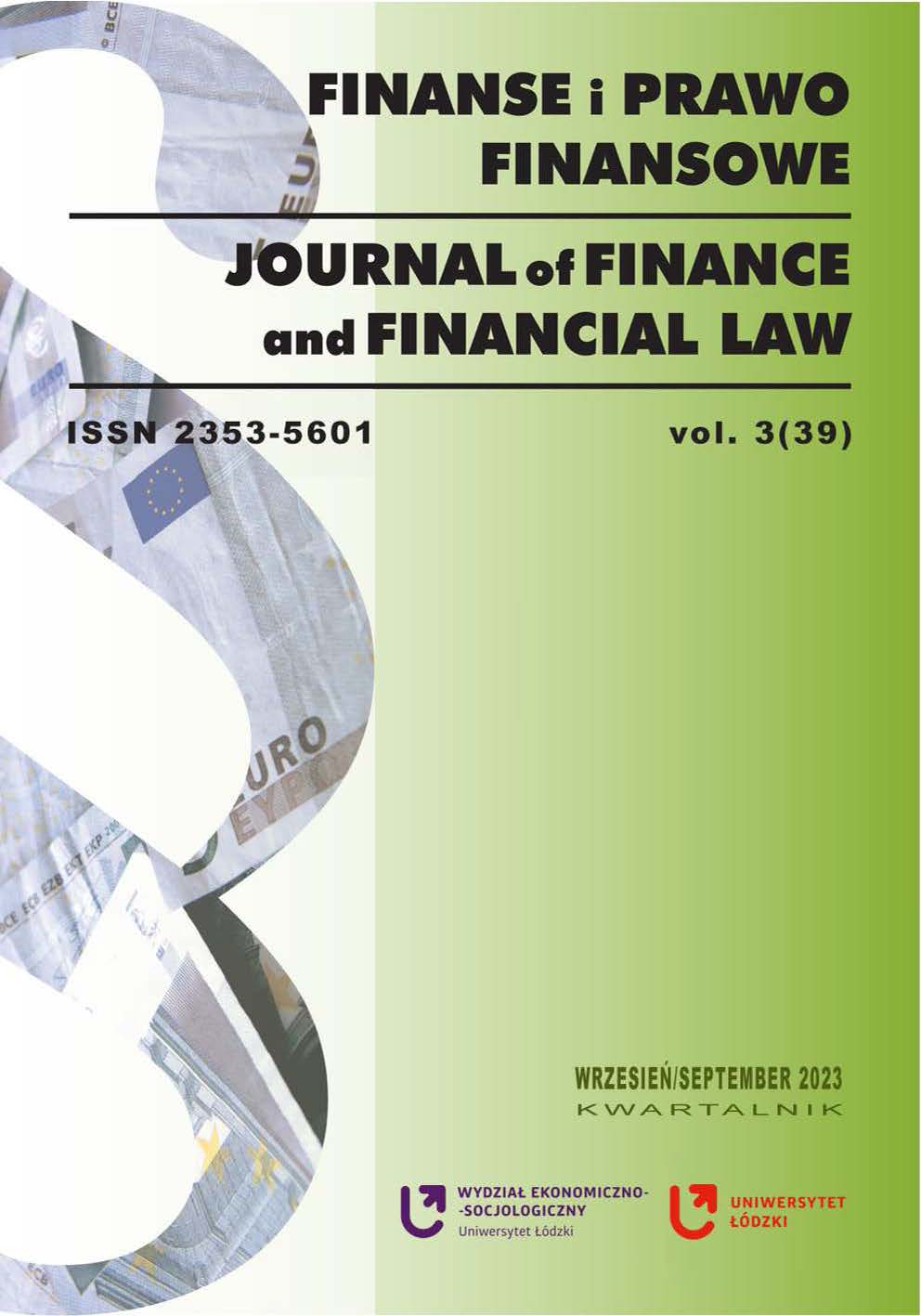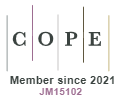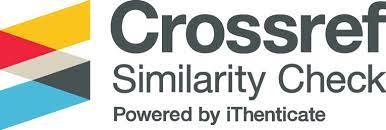Impact of Capital Structure on the Company’s Financial Situation during the Pandemic – Analysis Based on Examples of Listed Companies
DOI:
https://doi.org/10.18778/2391-6478.3.39.02Keywords:
financing strategies, capital structure, financial analysis, discriminant models, COVID-19 pandemic, liquidity, profitabilityAbstract
Under the conditions of increased uncertainty making right financial decisions can determine success or failure of every company. Maintaining financial liquidity is especially important during impactful economic fluctuations when the risk of bankruptcy rises significantly.
The purpose of the article is to evaluate the impact of financing strategies on economic situation of companies during the pandemic as well as to verify whether safe strategy can be a reliable measure of protection from the danger of bankruptcy.
Methodology. Empirical research has been based on the analysis of 30 commercial sector companies’ financial statements from 2018 to 2020. The research has been completed with discriminant analysis models, and in order to receive clear interpretation of results a new indicator has been created. The indicator shows effectiveness of financing strategies as protection from negative results of the pandemic.
Results of the research prove that under the conditions of strong and rapid economic changes a conservative strategy is a relatively safer strategy than moderate and aggressive ones, yet, it does not guarantee full protection from bankruptcy. Additionally, moderately higher risk of financing allows to increase liquidity and profitability even during the pandemic which was also indicated in the research.
Downloads
References
Abeywardhana, D.K.Y. (2017). Capital Structure Theory: An Overview. Accounting and Finance Research, 6(1).
Google Scholar
DOI: https://doi.org/10.5430/afr.v6n1p133
Azam, M., Haider, S.I. (2011). Impact of working capital management on firms’ performance: evidence from non-financial institutions of KSE-30 index. Interdisciplinary Journal of Contemporary Research in Business, 3(5).
Google Scholar
Banos-Caballero, S., García-Teruel, P.J., Martínez-Solano, P. (2012). How does working capital management affect SMEs profitability. Small Business Economics, 39(2).
Google Scholar
Baran, A. (2017). Wpływ struktury kapitału na rentowność przedsiębiorstw sektora produkcyjnego, handlowego i usługowego. Zeszyty Naukowe Uniwersytetu Ekonomicznego w Katowicach, 341.
Google Scholar
Bolek, M., Wolski, R. (2012). Profitability or Liquidity: Influencing he Market Value, The Case of Poland. International Journal of Economics and Finance, 4(9).
Google Scholar
DOI: https://doi.org/10.5539/ijef.v4n9p182
Elijelly, A.M.A. (2004). Liquidity–profitability trade off: An empirical investigation in an emerging market. International Journal of Commerce and Management, 14(2).
Google Scholar
DOI: https://doi.org/10.1108/10569210480000179
Fahim, S.R.S., Kaviani, M., Fashtali, M.P. (2015). Providing a new model for assessment of working capital management: Evidence from Tehran Stock Exchange. International Journal of Accounting and Financial Reporting, 5(1).
Google Scholar
DOI: https://doi.org/10.5296/ijafr.v5i1.7284
García-Teruel, P.J., Martínez-Solano, P. (2012). How does working capital management affect SMEs profitability. Small Business Economics, 39(2).
Google Scholar
DOI: https://doi.org/10.1007/s11187-011-9317-8
Gawryś, I. (2012). Identyfikacja strategii finansowania przedsiębiorstwa. Przedsiębiorczość i Zarządzanie, SAN.
Google Scholar
Harris, M., Raviv, A. (1991). The Theory of Capital Structure. The Journal of Finance, 46(1).
Google Scholar
DOI: https://doi.org/10.1111/j.1540-6261.1991.tb03753.x
Huang, H., Ye, Y. (2021). Rethinking capital structure decision and corporate social responisbility in response to COVID-19. Accounting & Finance, 61.
Google Scholar
DOI: https://doi.org/10.1111/acfi.12740
Kołosowska, B., Chojnacka, E., Tokarski, A., Tokarski, M. (2019). Strategie Finansowania działalności przedsiębiorstw. Warszawa: Wydawnictwo Nieoczywiste.
Google Scholar
Kowerski, M. (2016). Zależność między rentownością a płynnością finansową ma kształt odwróconego U. Prace Naukowe Uniwersytetu Ekonomicznego we Wrocławiu, 440.
Google Scholar
Michalak, A. (2013). Strategie finansowania przedsiębiorstw w branżach kapitałochłonnych na przykładzie polskich i światowych przedsiębiorstw górniczych. Zarządzanie i Finanse, 1, cz. 4.
Google Scholar
Mohd Azhari, N.K., Mahmud, R., Shaharuddin, S.N.H. (2022). Capital Structure of Malaysian Companies: Are They Different During Covid-19 Pandemic? Journal of Asian Finance, Economics and Business, 9(4).
Google Scholar
Mosionek Schweda, M. (2014). The Use of Discriminant Analysis to Predict the Bankruptcy of Companies Listed on the NewConnect Market. Equilibrium Quarterly Journal of Economics and Economic Policy, 9/3.
Google Scholar
DOI: https://doi.org/10.12775/EQUIL.2014.019
Mostafa, H.T., Boregowda, S. (2014). A Brief Review of Capital Structure Theories. Research Journal of Recent Sciences, 3(10).
Google Scholar
Nurmasari, I., Manurung, A.H., Ulupui, G.K.A., Ahmad, G.N. (2022). Impact of Capital Structure on Firms Performance During the Covid-19 Pandemic. International Journal of Business, Economic and Law, 26(1).
Google Scholar
Olszewska, K., Turek, T. (2018). Analiza dyskryminacyjna jako narzędzie informacyjne w zakresie kondycji finansowej przedsiębiorstwa. Zeszyty Naukowe Politechniki Częstochowskiej Zarządzanie, 31.
Google Scholar
DOI: https://doi.org/10.17512/znpcz.2018.3.15
Panigrahi, A.K., Joshi, V. (2019). Liquidity and Profitability Relationship and Financial Fallancy. Think India Journal, 22(10).
Google Scholar
Podilchuk, Z. (2013). Impact of liquidity management on profitability: evidence from Ukraine. Unpublished MA in Financial Economics thesis, Kyiv School of Economics. http://www.kse.org.ua [Accessed 20.08.2018].
Google Scholar
Sen, M., Oruc, E. (2009). Relationship between Efficiency Level of Working Capital Management and Return on Total Assets in ISE. International Journal of Business and Management, 4(10).
Google Scholar
DOI: https://doi.org/10.5539/ijbm.v4n10p109
Thapa, D.P.P. (2013). How does profitability get affected by working capital management in food and beverages industry. Munich Personal RePec Archive, London School of Commerce, https://mpra.ub.uni-muenchen.de/ [Accessed 18.11.2017].
Google Scholar
Velnampy, T.D., Aloy Niresh, J. (2012). The relationship between capital structure and profitability. Global Journal of Management and Business Research, 12(13).
Google Scholar
Vintila, G., Nenu, E.A. (2016). Liquidity and Profitability Analysis on the Romanian Listed Companies. Journal of Eastern Europe Research in Business & Economics, 2016(2016).
Google Scholar
DOI: https://doi.org/10.5171/2016.161707
Waleed, A., Pasha, A., Akhtar, A. (2016). Exploring the impact of liquidity on profitability: Evidence from banking sector of Pakistan. Journal of Internet Banking and Commerce, 21(3).
Google Scholar
DOI: https://doi.org/10.2139/ssrn.2899817
Waściński, T., Kruk, M. (2010). Analiza powiązań pomiędzy rentownością i płynnością spółek branży cukierniczej notowanych na GPW w Warszawie. Zeszyty Naukowe Akademii Podlaskiej. Administracja i Zarządzanie, 11(84).
Google Scholar
Downloads
Published
How to Cite
Issue
Section
License

This work is licensed under a Creative Commons Attribution-NonCommercial-NoDerivatives 4.0 International License.














